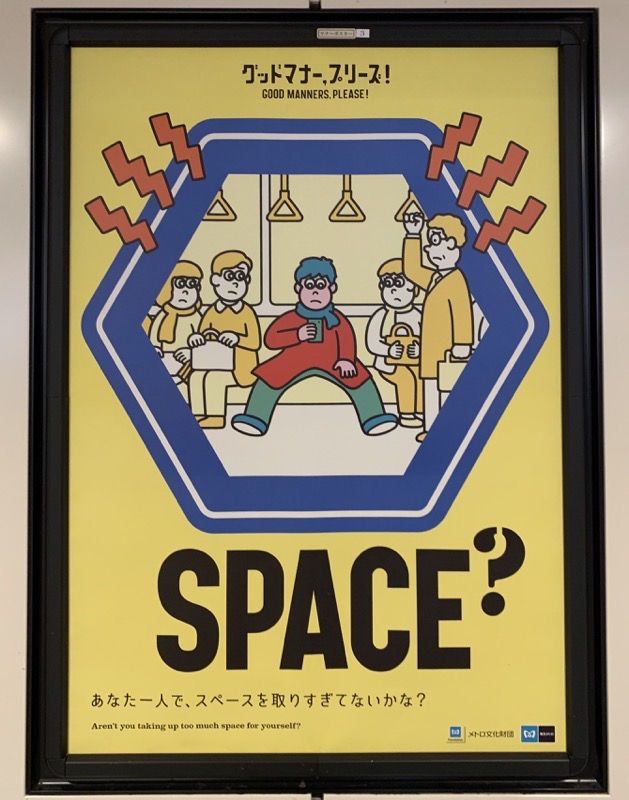Today’s Christmas, which means… basically nothing in Japan. A great reason to ignore it for the most part and enjoy the sights.
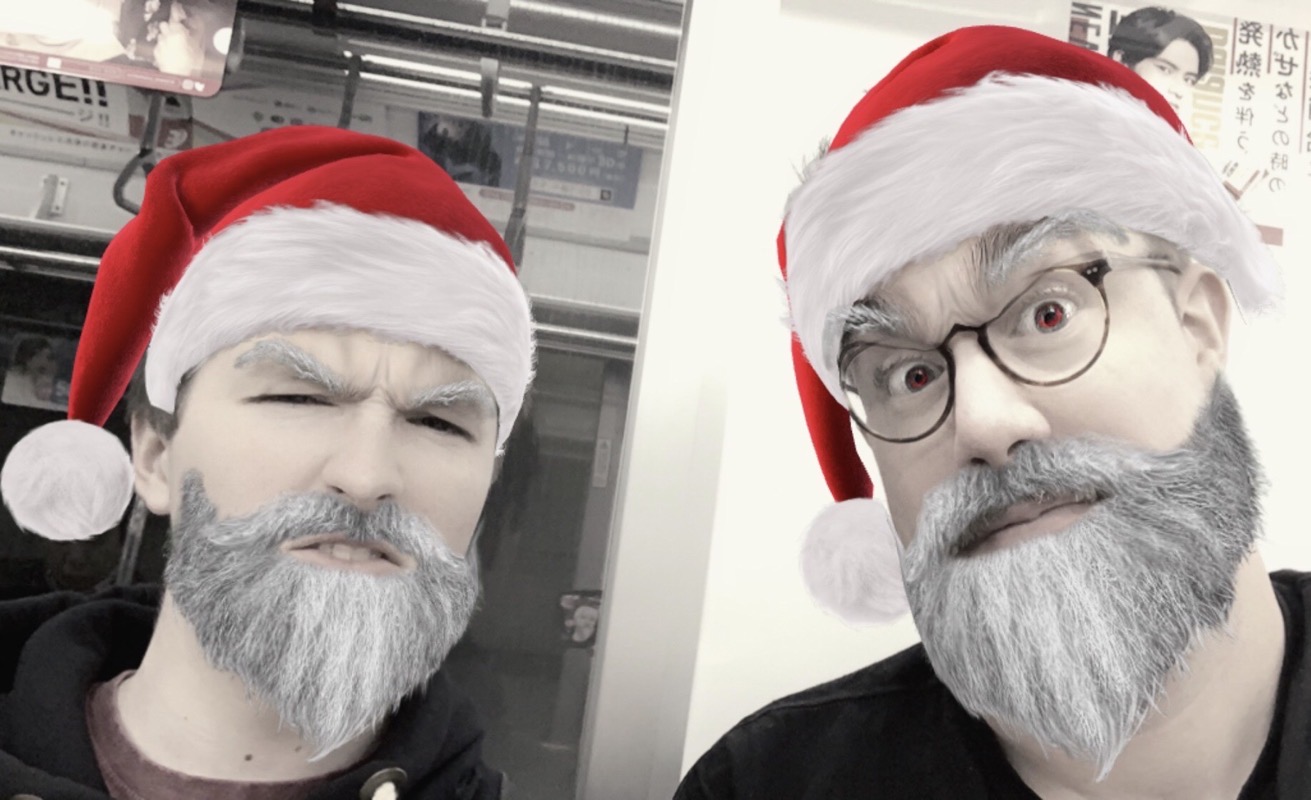
Today’s goals:
- see the Meiji Jingu Shrine
- visit the National Gallery and see Ueno Park
- pick up our KFC dinner
- see the light show at Tokyo station
Back to our local, the Asakusa station to catch the train to Ueno to see the park and the museum. Ueno Park is another one of those places of nature and serenity hiding within the bustling metropolis of Tokyo. As soon as you’re out of the station and up the stairs, the waterfall starts hiding the noise of the city, you’re surrounded by trees and it’s very peaceful.
We wandered up the long pathway to the National Museum, enjoying the brisk morning air and looking at the trees.
One of the first things we visited was the Ueno Daibutsu and Pagoda. The original was heavily damaged in an earthquake first in the mid 1600’s, then a fire, then a couple more earthquakes. It was restored and then lost most of its structure to provide metal for weapons for World War II. All that remains is the face of the statue and a pagoda that was built in 1972. It’s a very peaceful little out-of-the-way stop with the scent of incense in the air.
It’s only slightly ironic that a symbol of peace and enlightenment would be sacrificed for war when other statues in the same park didn’t.
One example of these is the statue of Prince Komatsu No Mita Akihito. He created what would become the Japan Red Cross society in 1877.
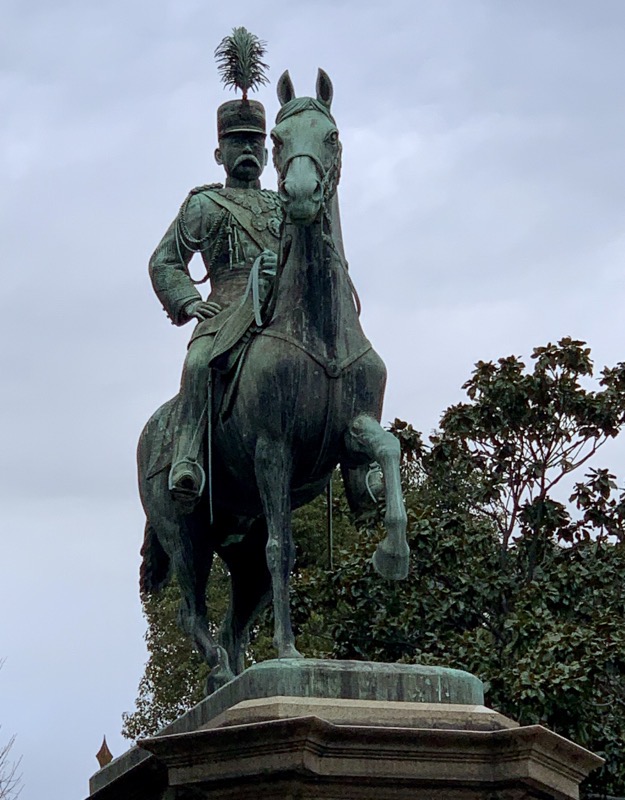
Our next adventure was the National Museum. Filled with nationally significant artefacts and other items from Japanese history, I was told by a few people it was another “must see” on the tour of Japan.
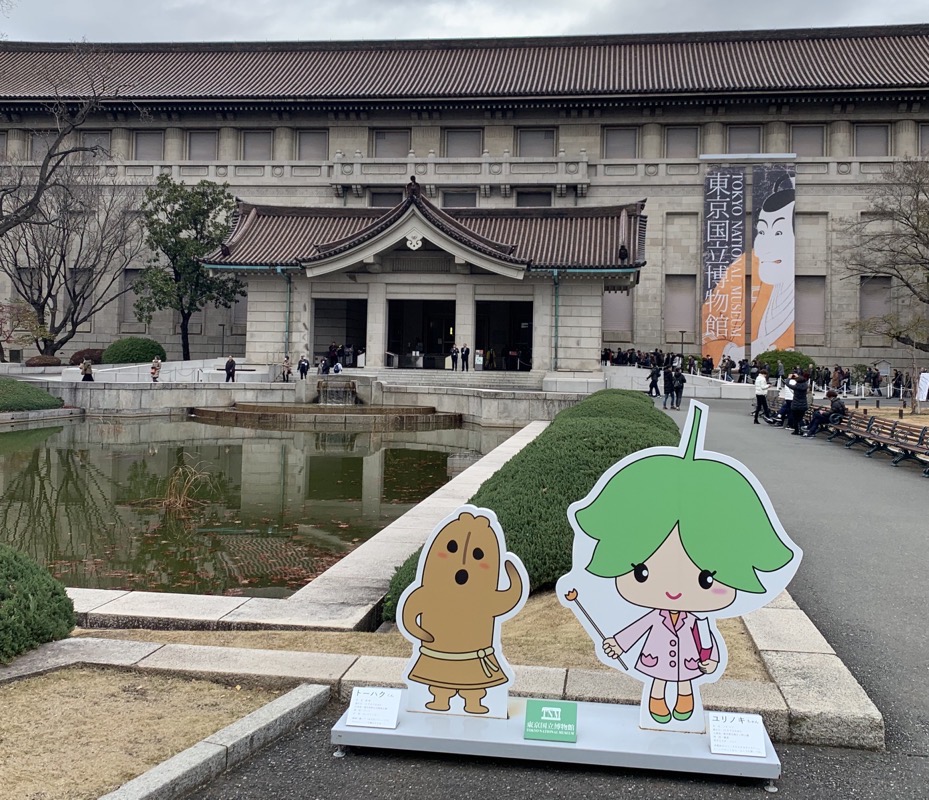
In May 2019, Emperor Naruhito acceeded the throne after his father’s abdication. The national Museum is showing the thrones used during the enthronement ceremony in late October this year. Given it’s so recent, it’s unsurprising then that we turned up to quite the line to get into the museum.
And.. as one would expect, they were pretty amazing to see. The thrones as you’d normally consider them are relatively small seats. It’s the entire package of the little building around them that takes up probably four meters on a side and about six? high.
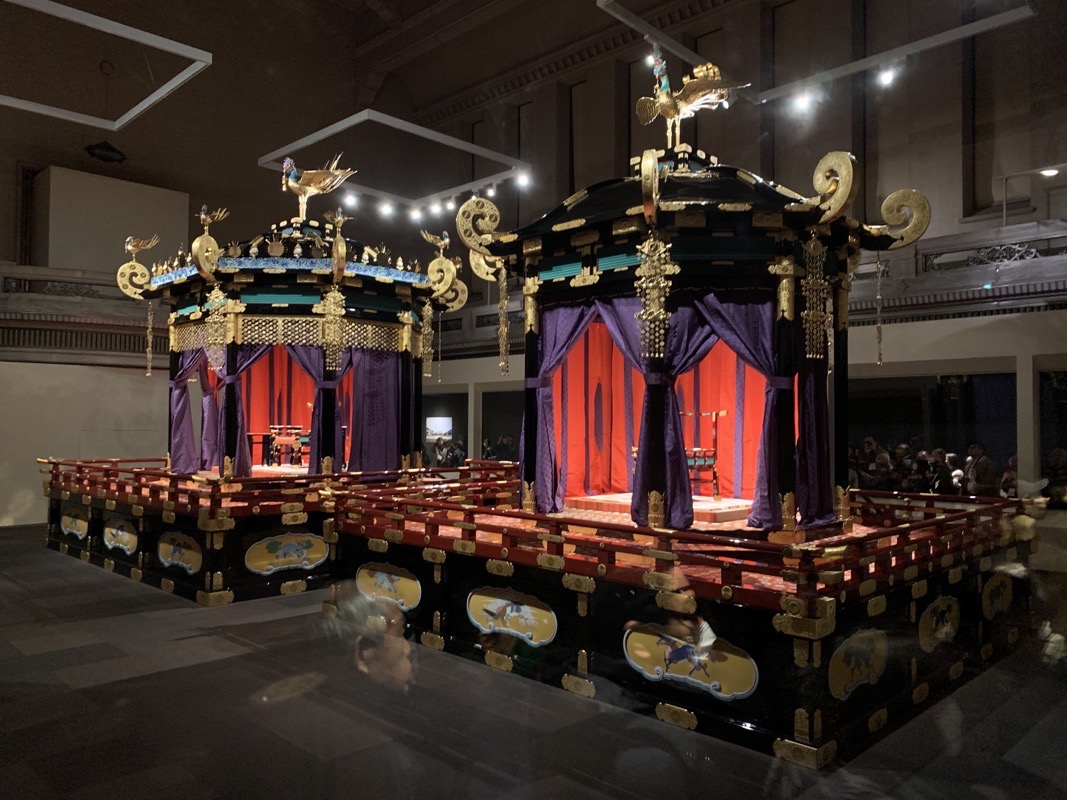
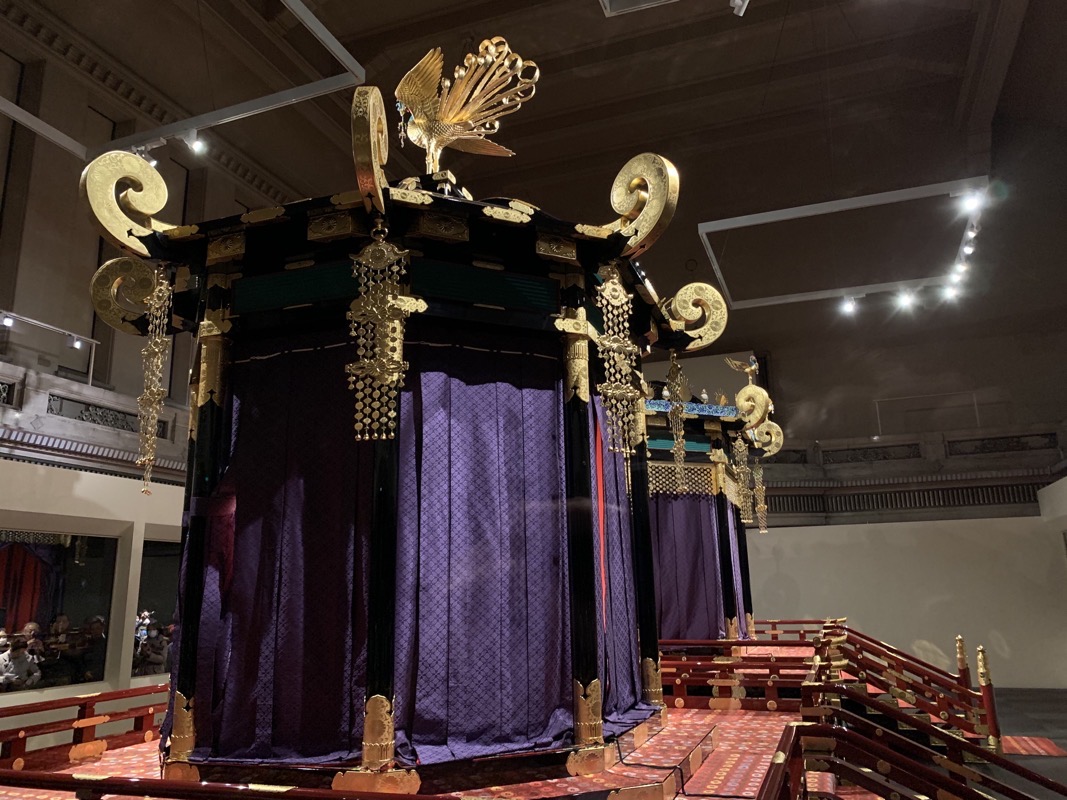
(Don’t get me started on how bad the photo is, this took a lot of shoving little old ladies to get one this bad…)
After going through the throne viewing rooms, where we got to see them from three sides, we entered a room with garb worn by various members of the ceremonies, from attendants to high-ranking guests.
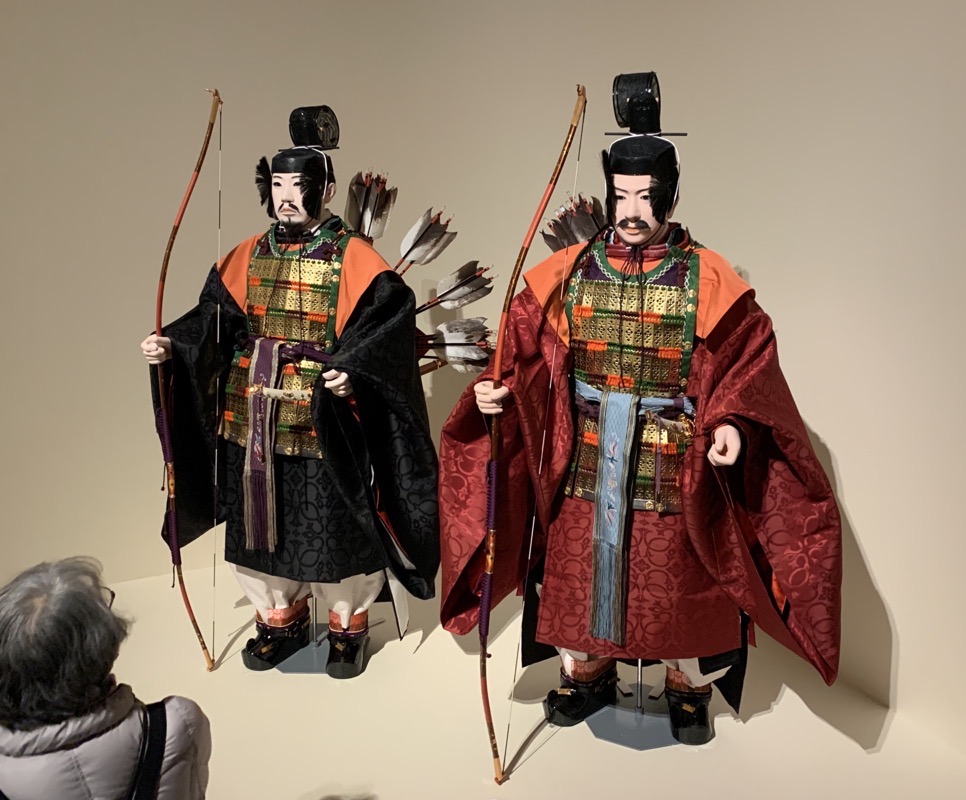
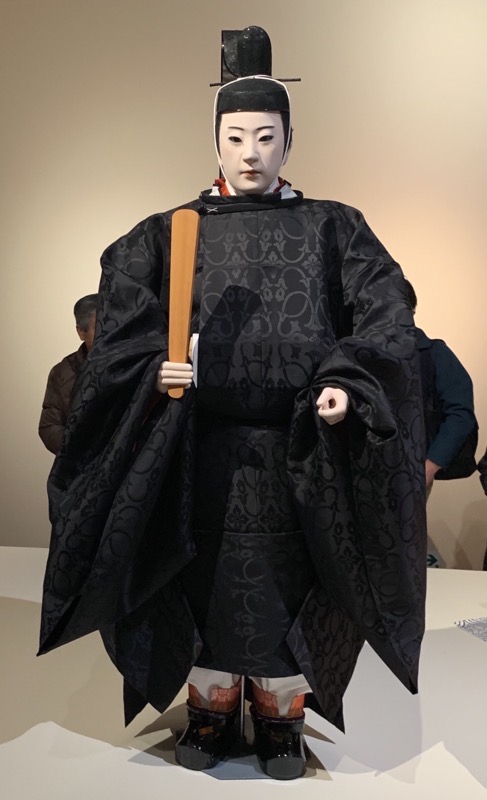
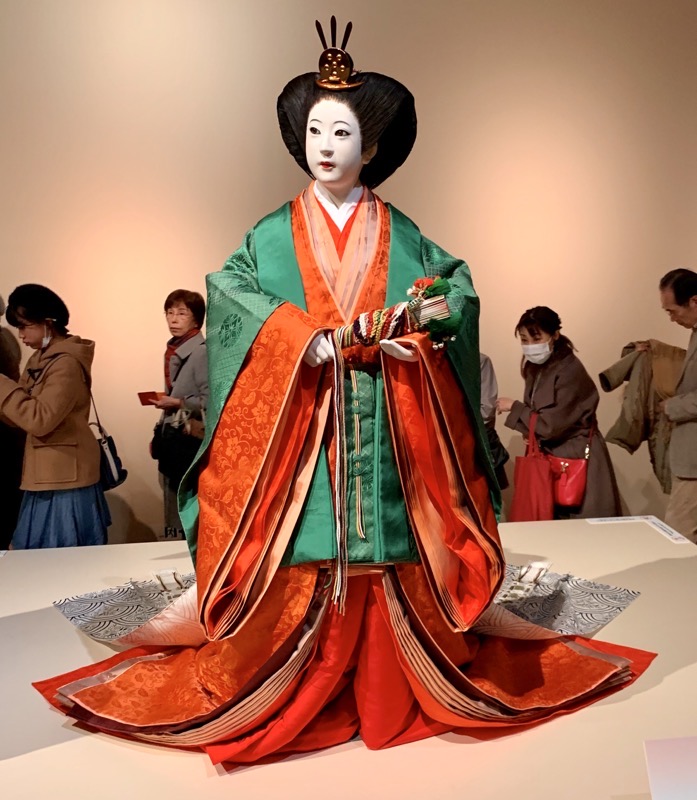
After that we were into the Museum proper. A spectacular collection of goods from the last two thousand years of Japanese culture; mostly the 10th-18th or so.
Incredible dyed and embroidered fabric.
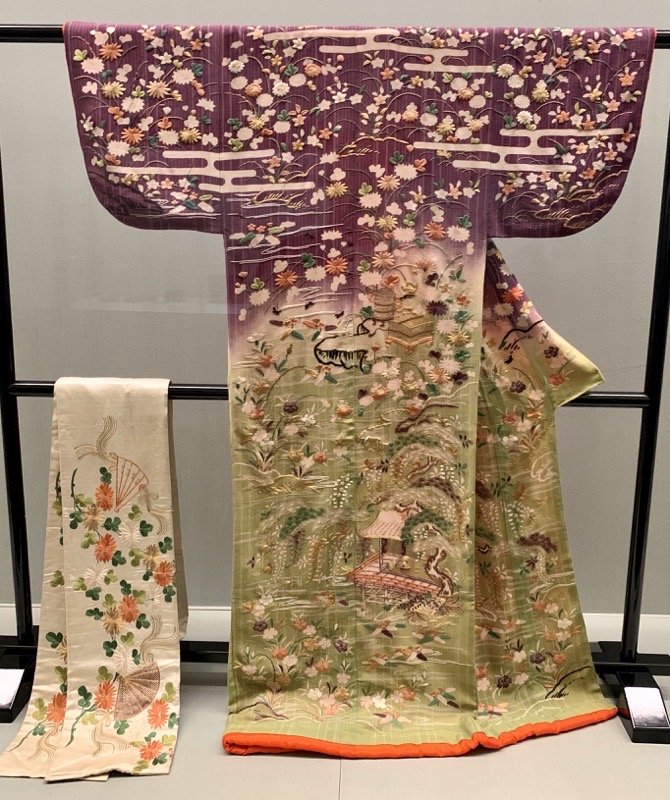
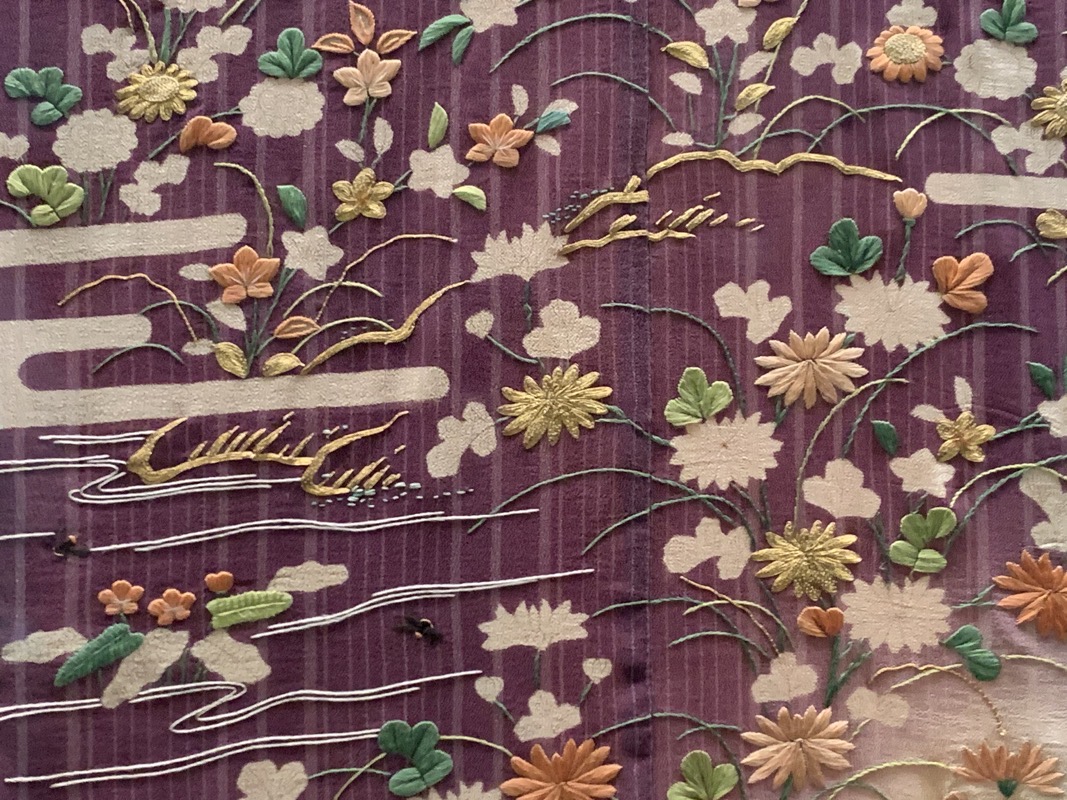
This was a set of tools and pieces for a game where players would guess the type of incense wood from a set of ten pairs (I believe the green ones, centre) by scent alone.
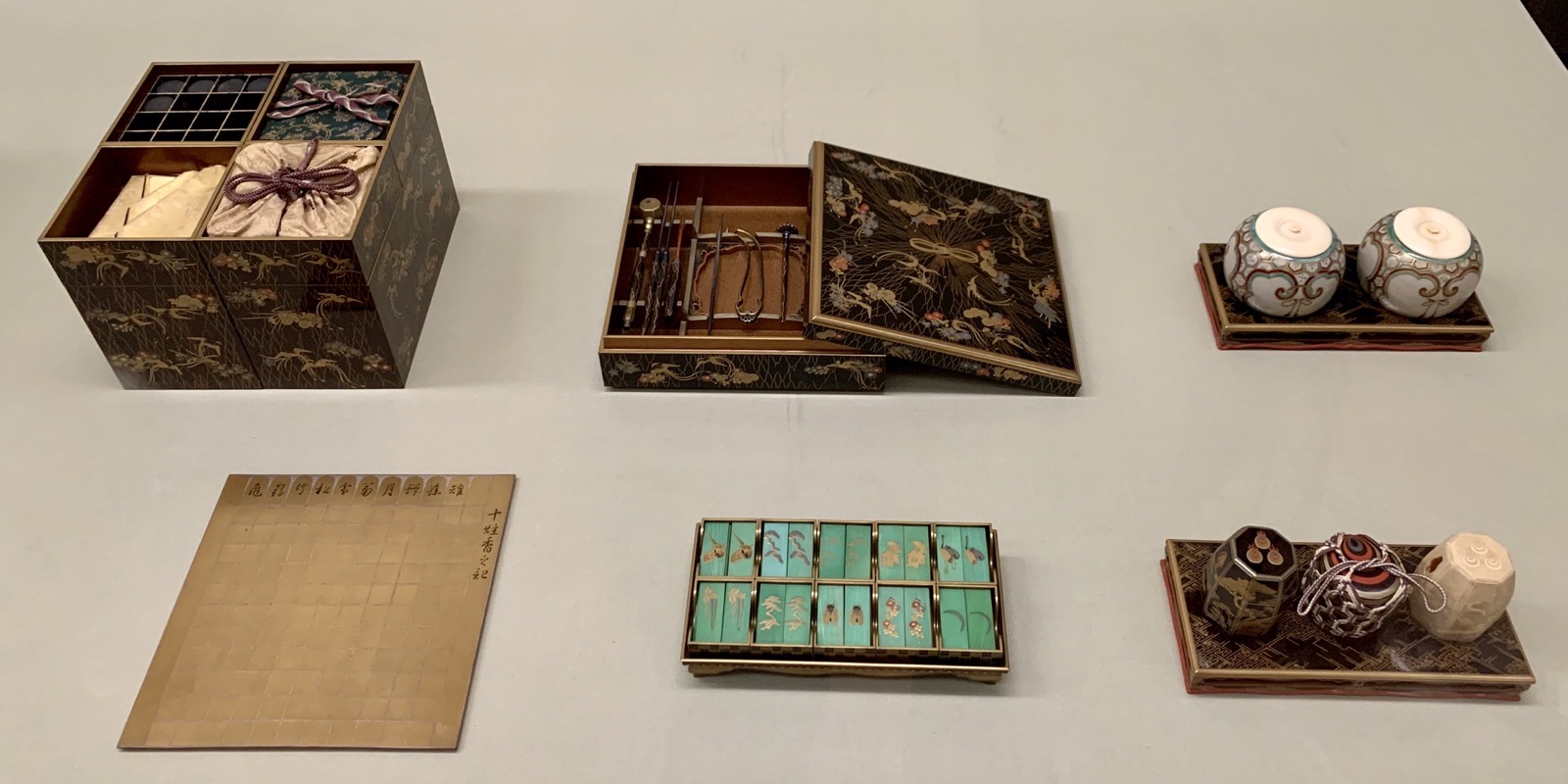
An 1862 replica of a quiver from the Muromachi period (1392-1573).
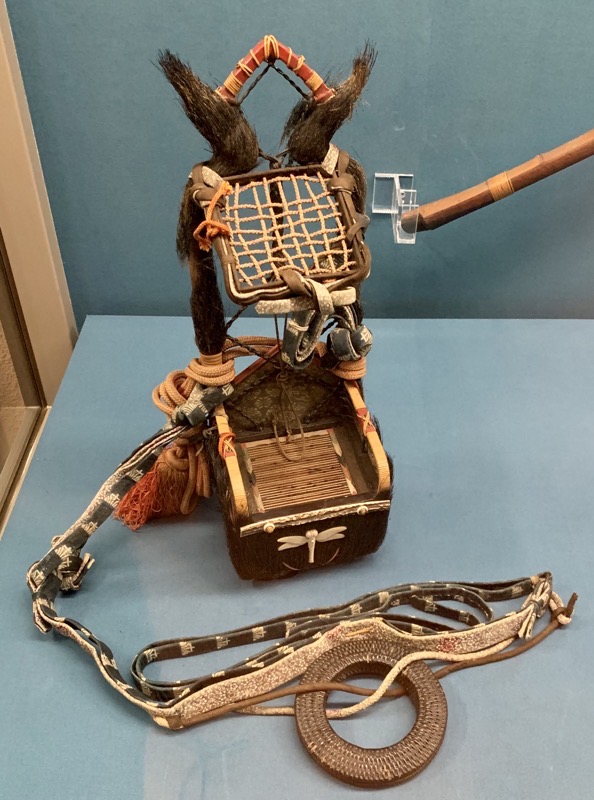
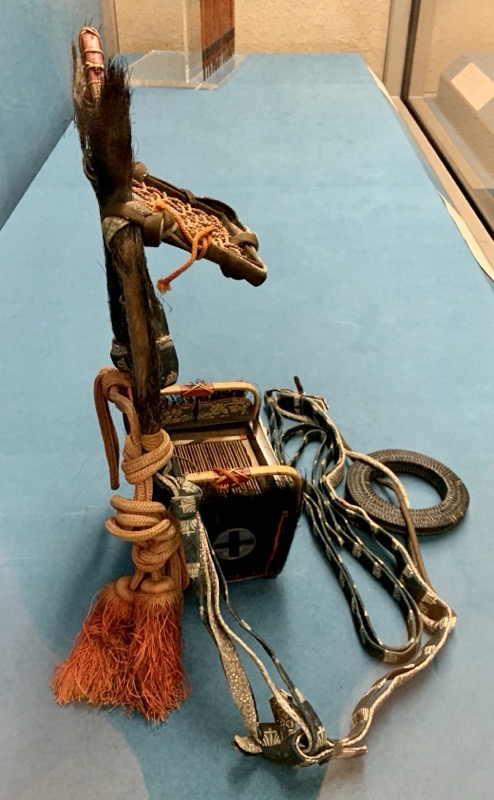
“Bear armour” - because it had bear fur and colouring - to evoke the power and agility of the bear.
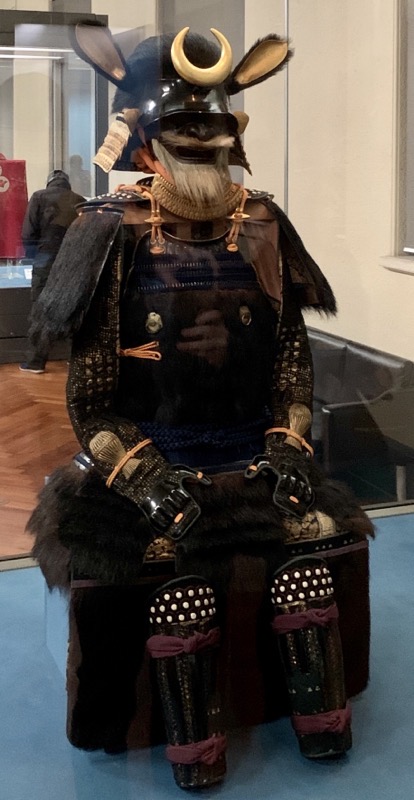
25? Plate helmet that was modified over time
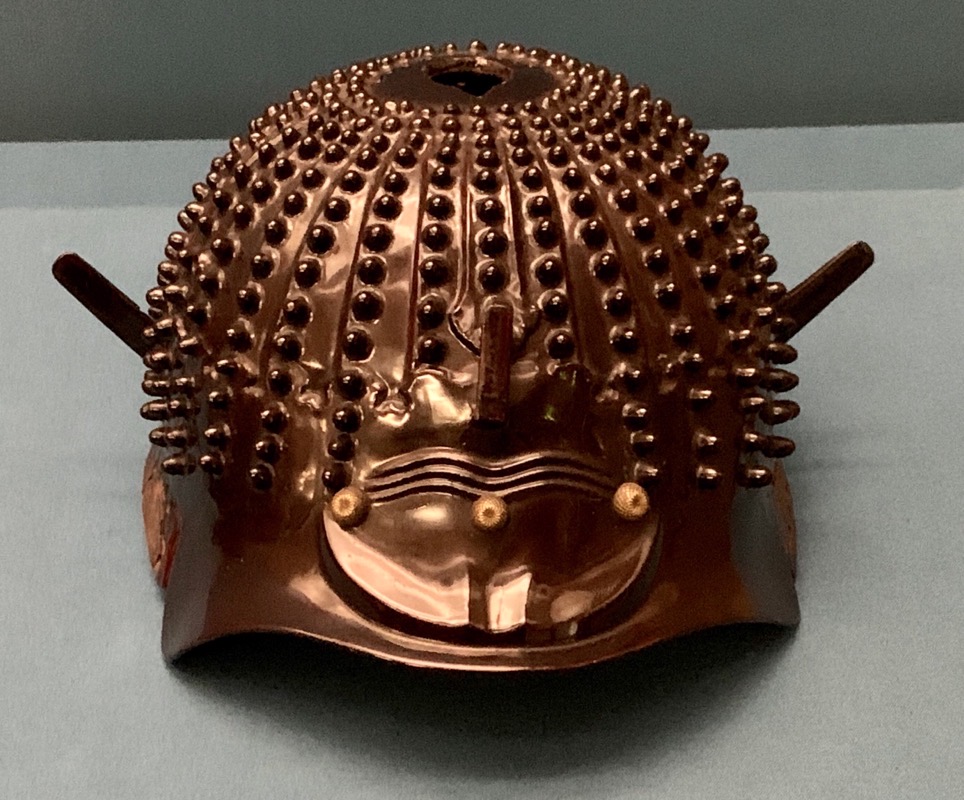

A Naginata (glaive) from 1503. Attached to poles, used for slashing horizontally.

A matched pair of swords with beautiful mountings from the Edo Period. (18th century) Wooden, with black lacquer.
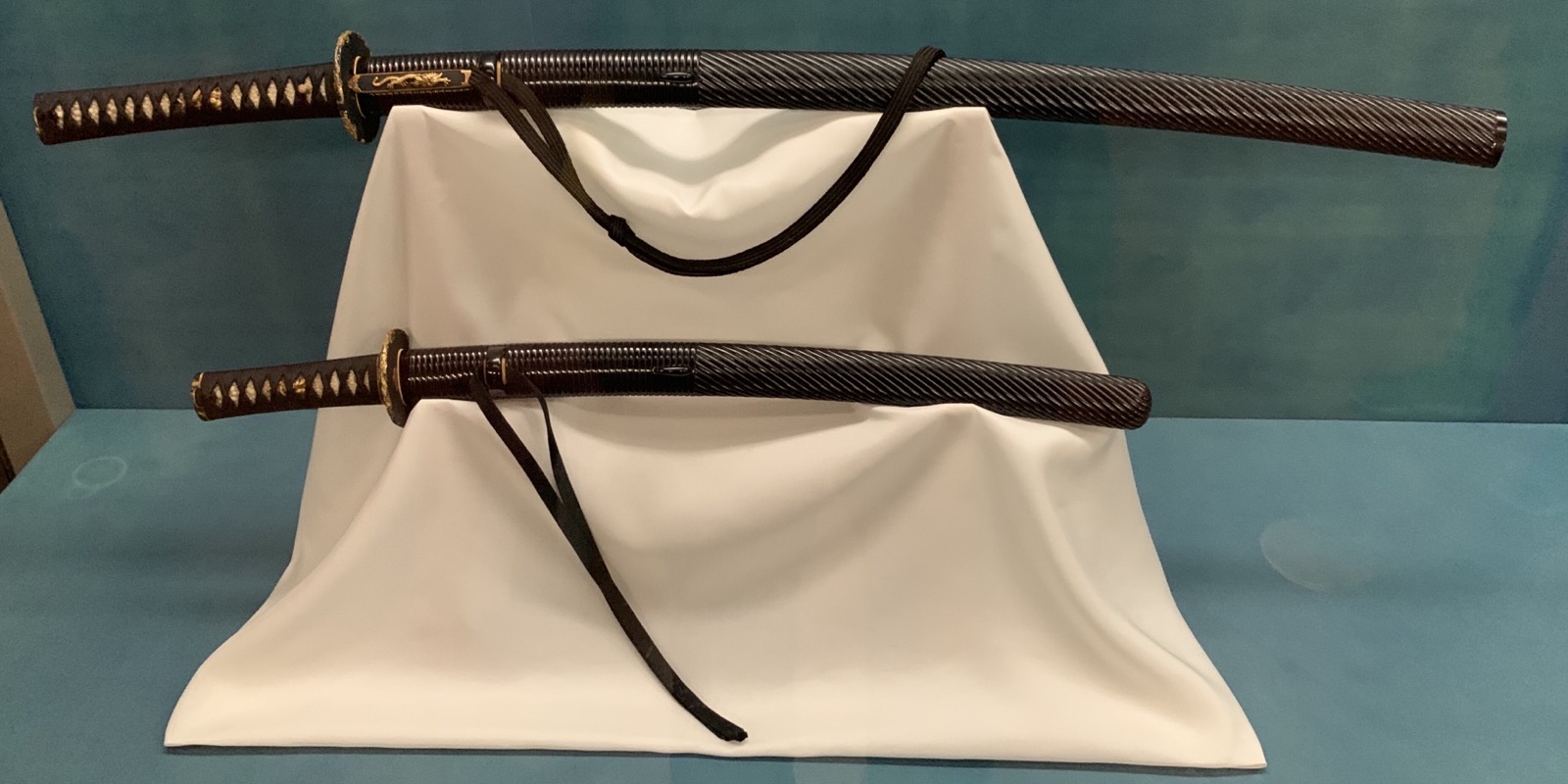
There were so many more items, most of which I didn’t know I could photograph until I left :(
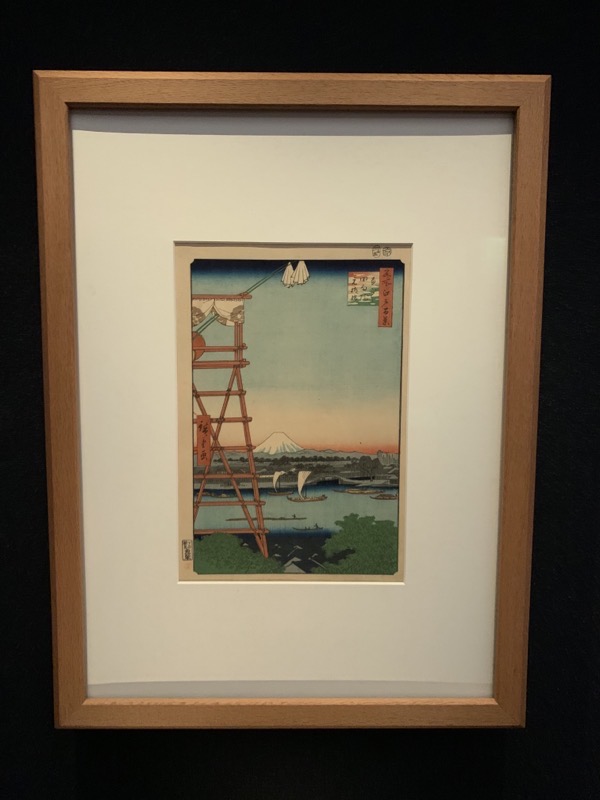
Tea ceremony items, a collection of Zen Buddhism related items, and also older Buddhism as well.
Minamoto no Yorimoto, the first shogun of the Kamakura period (1192-1333)
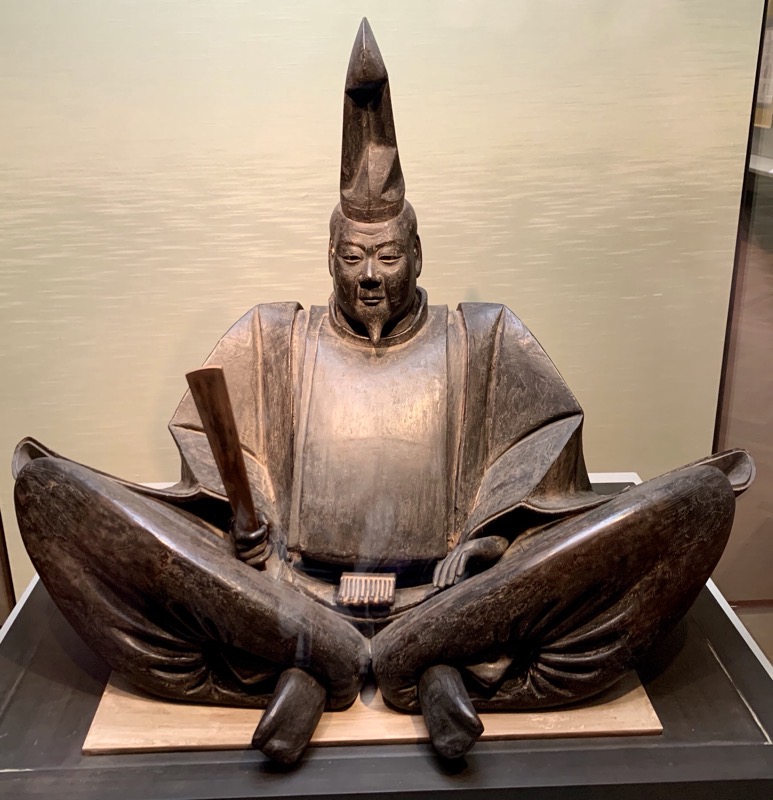
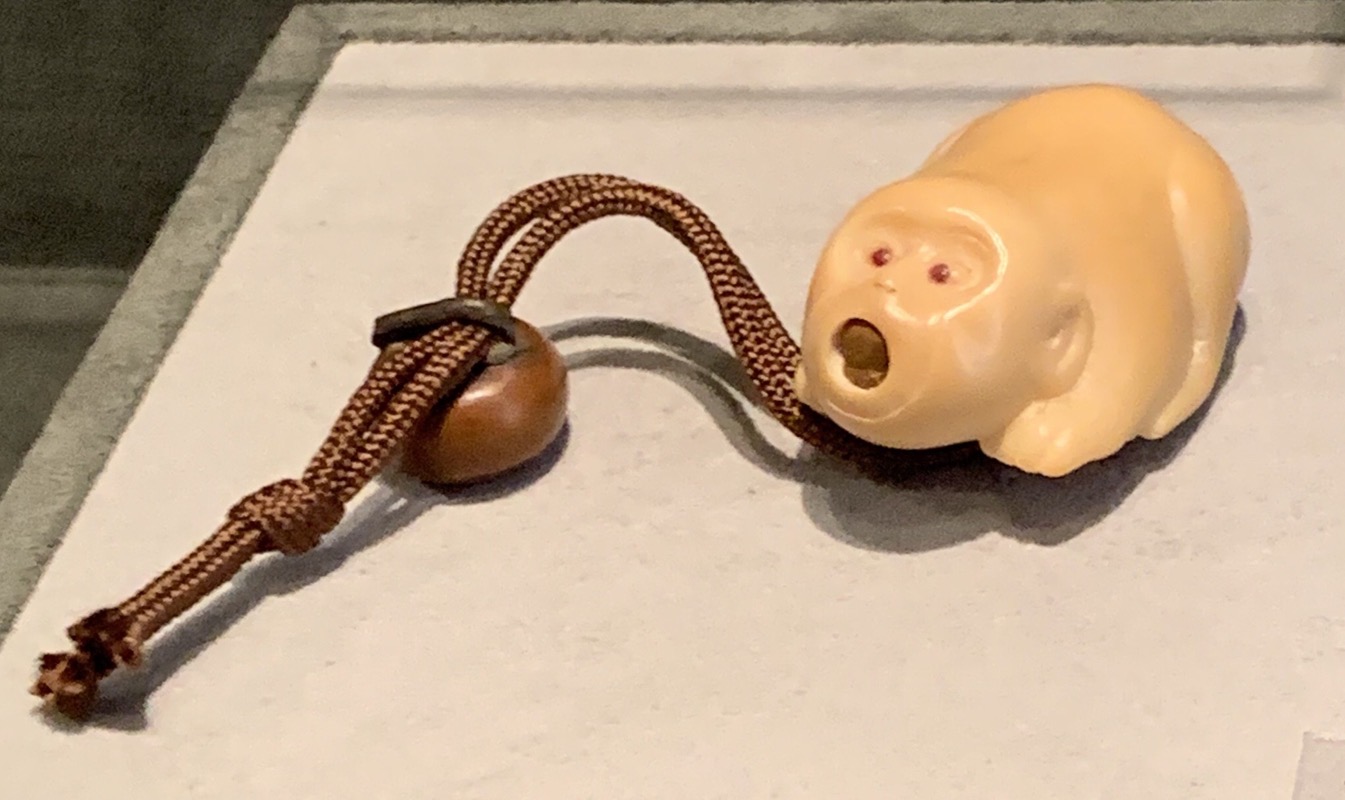
After exploring the museum it was nearly 2pm, time to refuel. We headed back to Ueno station to the little food mall next door. I had Yokohama style ramen with and Asahi to wash it down. So good. A had Katsudon and Miso soup, which smelt amazing.
Road furniture can be so bland, why not spice it up with bunnies?
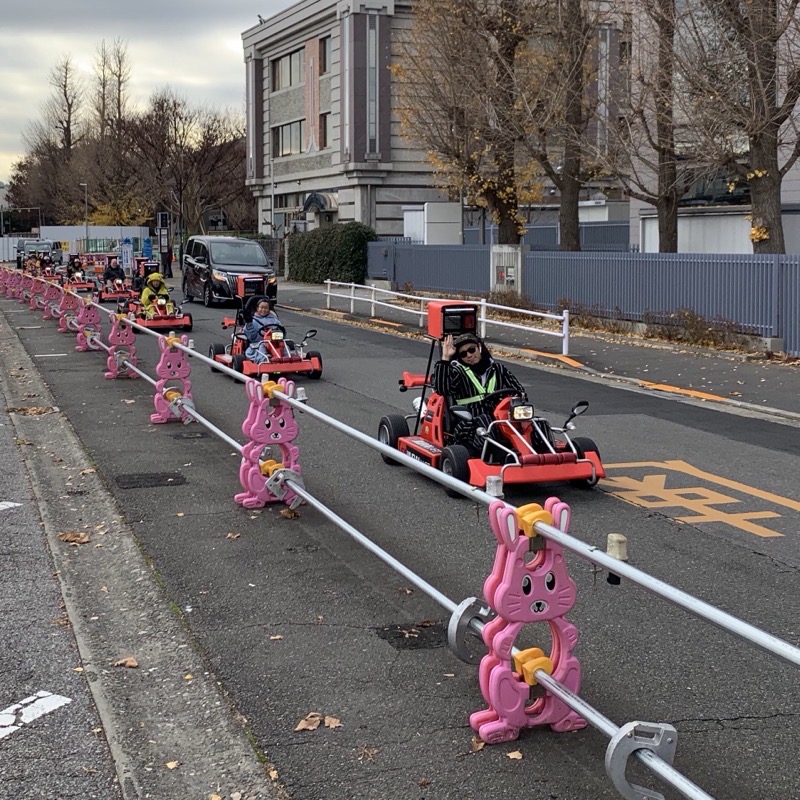
The go-karts are all over Tokyo at various points, with tours of people in animal costumes being led at breakneck speed through traffic.
Back on the train and off to the Meiji Jingu Shrine, built to memorialise the lives of the Emperor Meiji and his consort Empress Shoken, who passed away in 1912 and 1914 respectively.
After their passing, people wished to commemorate their virtues and venerate them forever. So they donated 100,000 trees from all over Japan and from overseas, and they worked voluntarily to create this forest. Thus, thanks to the sincere heart of th people, this shrine was established on November 1, 1920.
100 years later, the forest is indistinguishable from a natural forest that regenerates itself, being inhabited by many endangered plants and animals. Every winter, Mandarin ducks return to the North Pond in front of the Treasure Museum. Many people come and visit to see their colourful plumage, which is a symbol of winter at the shrine. When spring comes around, the ducks fly on their way.
Walking out of Yoyogi station we’re engulfed by the city. We walked a little while along the train line down a little side street and popped out onto an intersection which led to the north entrance of the park. A Torii protects the entrance and as soon as you’re through, it’s like you’re dropped into another world. The gravel roadway is entirely engulfed by trees and the only sounds are the crunching under your feet and the wind.
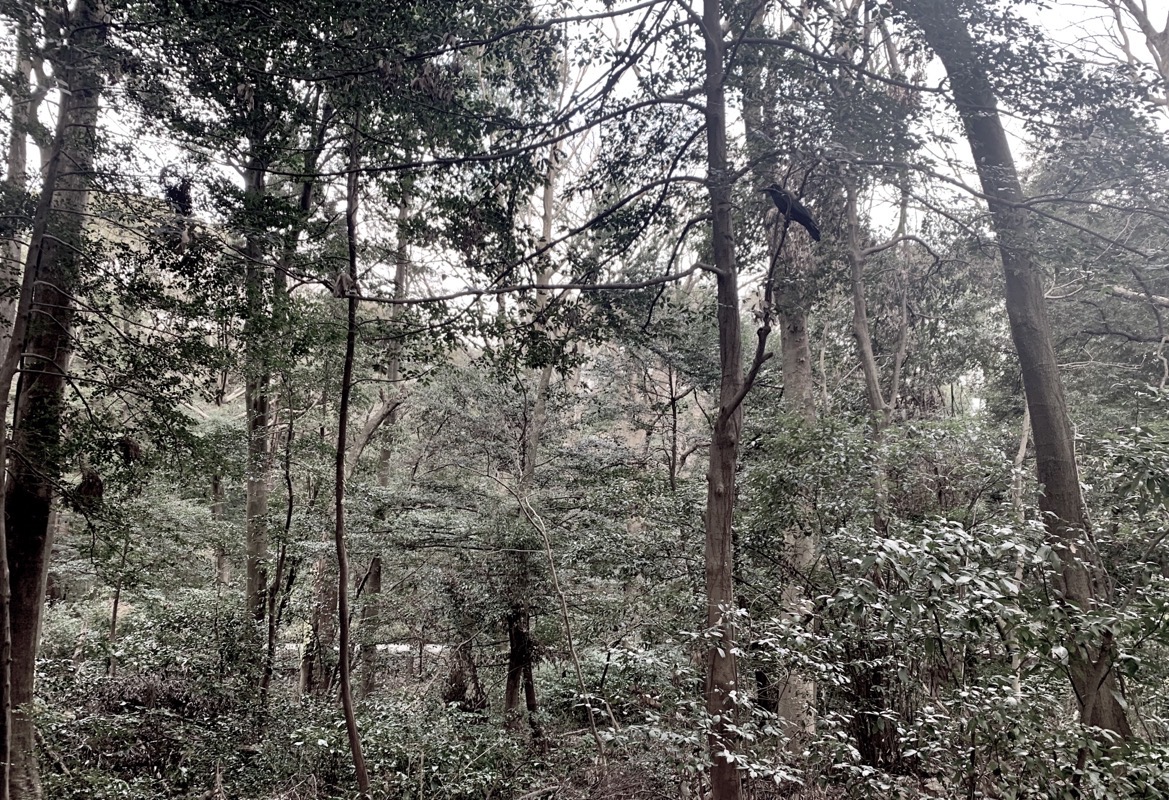
After a short walk we’re at the next gate which leads to the temple complex and the shrine.
It’s a lovely facility and has recently been restored to perfection for the 100 year anniversary. There’s a fair bit of construction near the main square owing to the upcoming new year celebrations amongst other things. It’s still a lovely place to go and I took the chance to donate 100¥ to receive a poem from the Omijuki box in front of Nagadono Juyosho. I received a lovely little poem written by the Emperor as a commemoration of my visit. They reportedly wrote 100,000 and 30,000 examples of the 31 syllable waka respectively.
Sashinoboru asahino gotoku sawayakani Motama hoshiki wa kokoro nari keri
Translation:
As clear and refreshing As the rising sun - Thus might it always be With the human heart!
- Emperor Meiji -
Explanation:
Let your heart be as bright and clear as the rising sun. Happy indeed is he who brings to all the acts of his daily life the peaceful freshness of the sunrise.
Printed on some lovely paper, it’s a lovely momento of my visit.
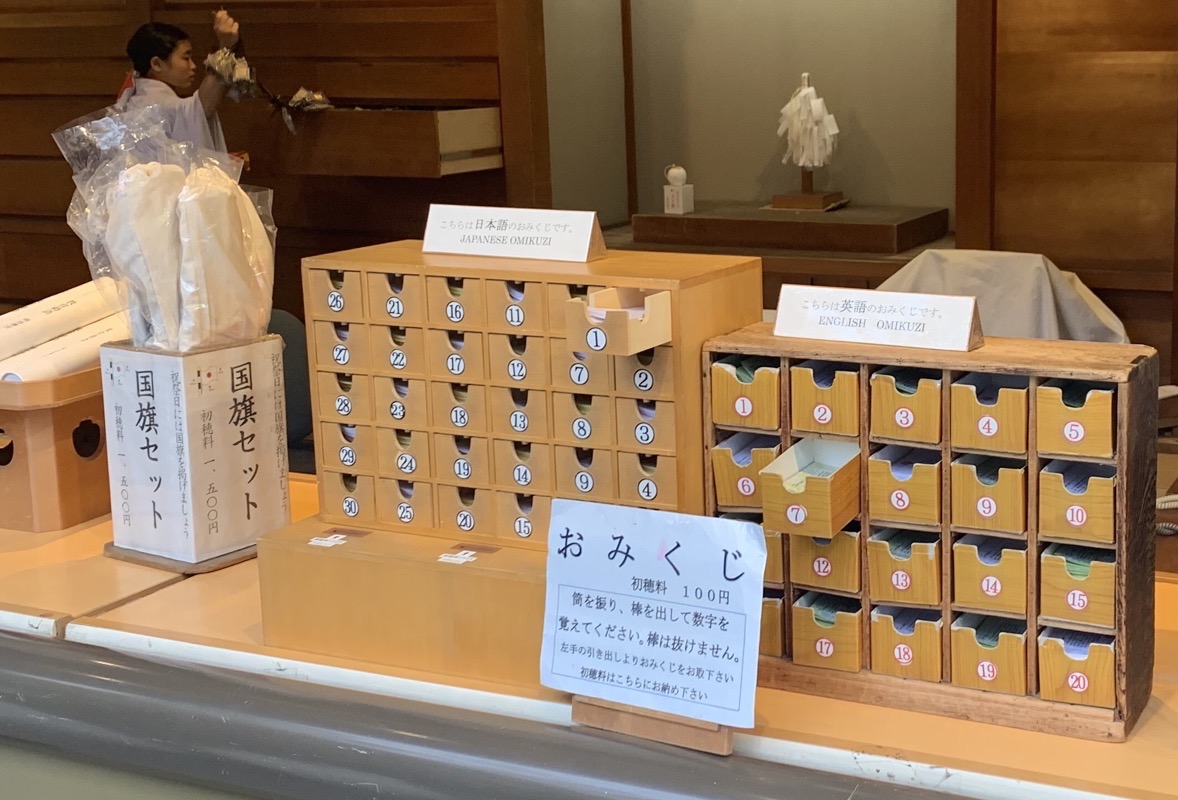
The shrine was very lovely. I’m not a particularly spiritual person, but I respect the beauty of the architecture and the rituals which take place here. I understand how it would bring people the peace and joy that they take from these kinds of places.
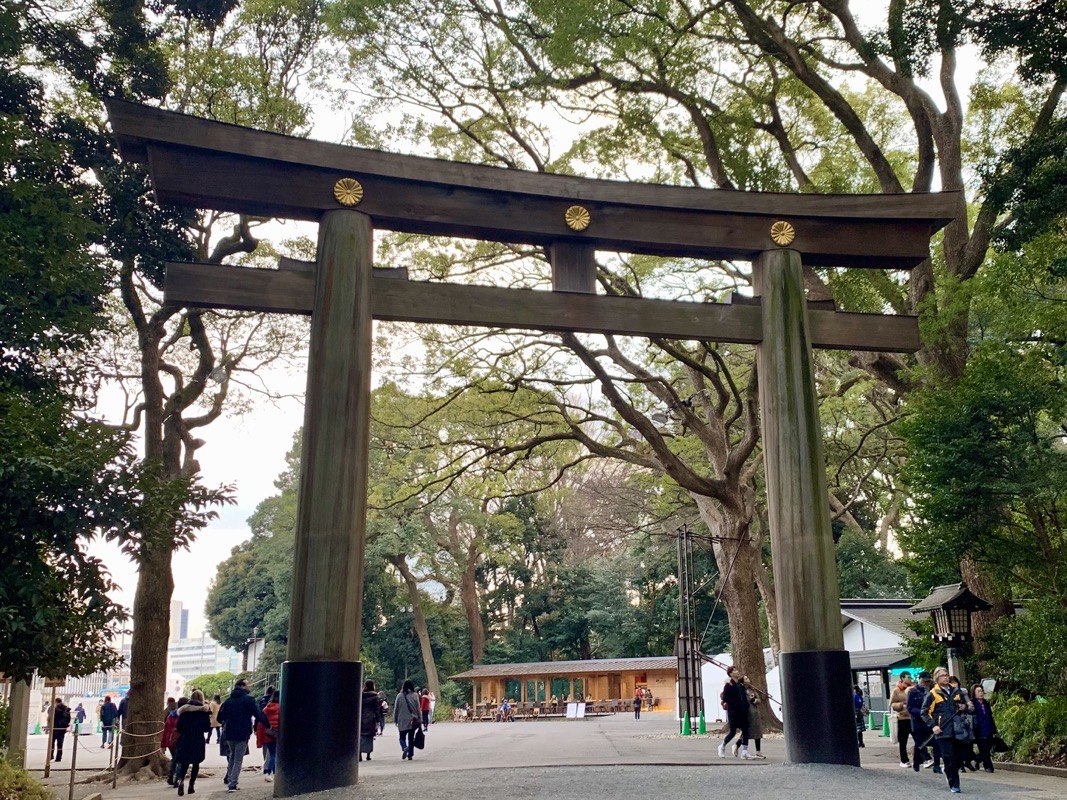
We walked back through the forest to Harajuku station, again as soon as we left the gates of the shrine we were dropped into the hustle and bustle of Japanese city society. Harajuku is well known for being a youth hangout, with many local areas full of culture and fashion.
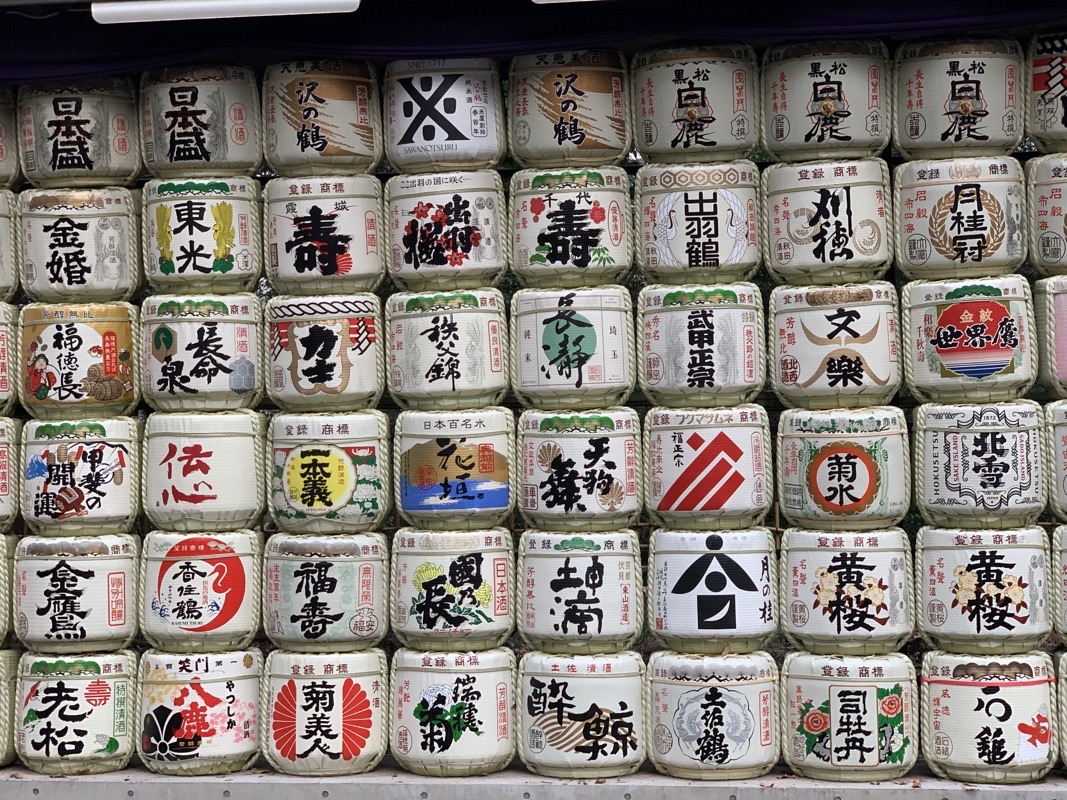
One of these is [Takeshita street](Takeshita Street 1 Chome-17 Jingumae, Shibuya City, Tokyo 150-0001, Japan https://goo.gl/maps/XL5KfGP4tzuDczjr8), a relatively skinny street packed to the gills with fashion and food stores. Being a hilariously tall foreigner I got a good view of the place as we walked the length of the street.. I can imagine it’d be a little claustrophobic if I wasn’t as tall. At various points we were nearly carried along by the press of the people as the crowds were rather hilariously large.
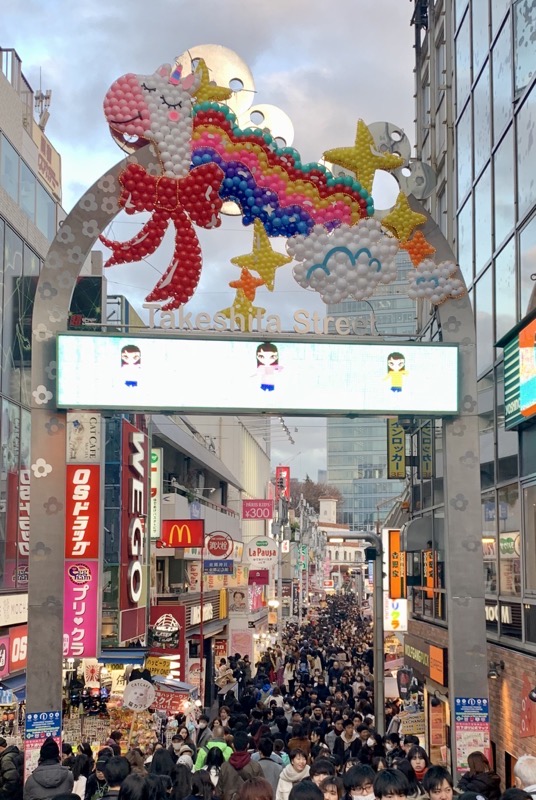
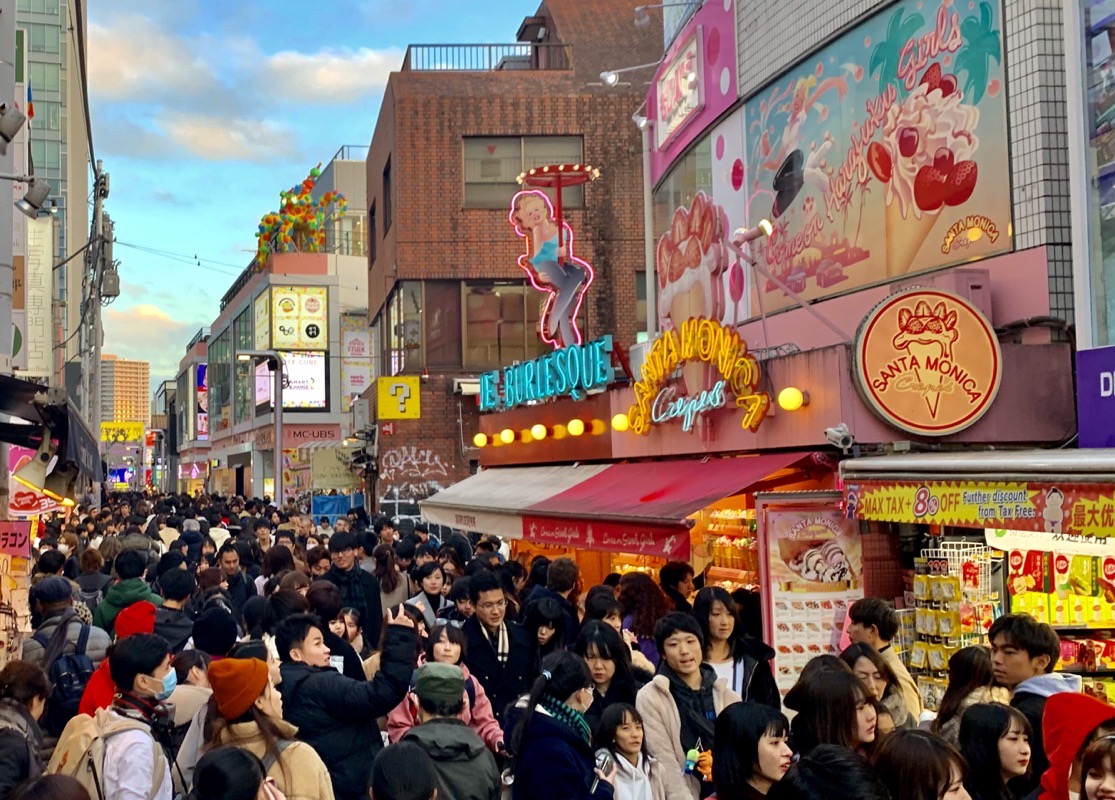
We had a little time to kill so we headed to Akihabara (being on the same train line) to explore the area a little. It really does live up to the name “electric city”. We didn’t have too much time but we did cram ourselves into a few different stores to explore the available goodies, from general video/collectibles stores to specialist manga proprietors.
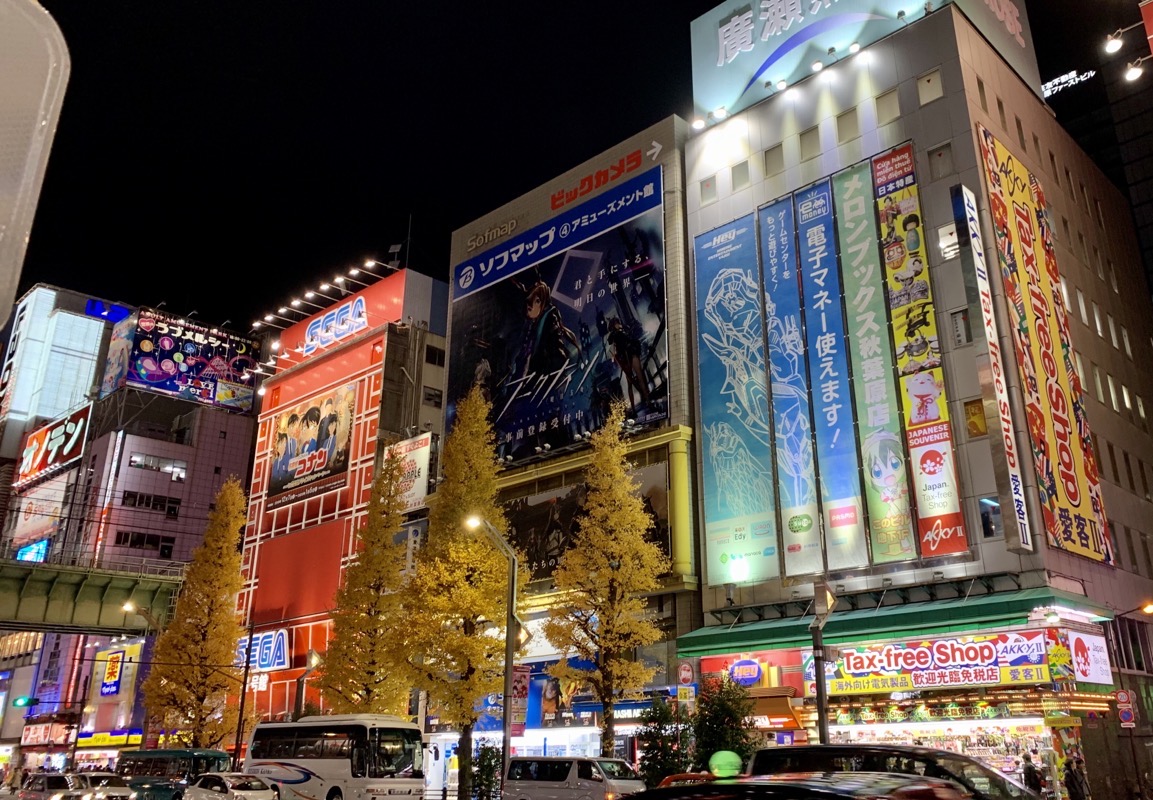
A’s a little prudish, being an innocent of only 18, so I’m going to have to come back on a future trip to explore the adult sections of some of these places. There’s like… six floors of “adult” material in so many different forms, over and over again in different buildings.
It was coming to the allotted time for our pre-order of KFC goodies, so we headed back to the Ginza area to pick up our dinner. KFC in Japan… is a little bit of a cultural phenomenon. Being primarily Shinto/Buddhist, the Christian/Pagan celebration of Christmas really isn’t much of a thing. KFC turned it into a marketing opportunity, promoting in the idea of “Kurismasu ni wa Kentakkii” (“Kentucky for Christmas”)
In 1974, KFC took the marketing plan national, calling it Kurisumasu ni wa Kentakkii, or Kentucky for Christmas. It took off quickly, and so did the Harvard-educated Okawara, who climbed through the company ranks and served as president and CEO of Kentucky Fried Chicken Japan from 1984 to 2002.
I don’t know where I first heard about it, but it was probably something on the internet. Either way, I knew KFC for Christmas in Japan was totally a thing, so it had to be part of our Japanese holiday adventure. It took way more investigating than I’d rather admit, but I finally found that you could preorder on the KFC Japan website, to pick up your KFC special meal for christmas from a particular store, at a particular time.
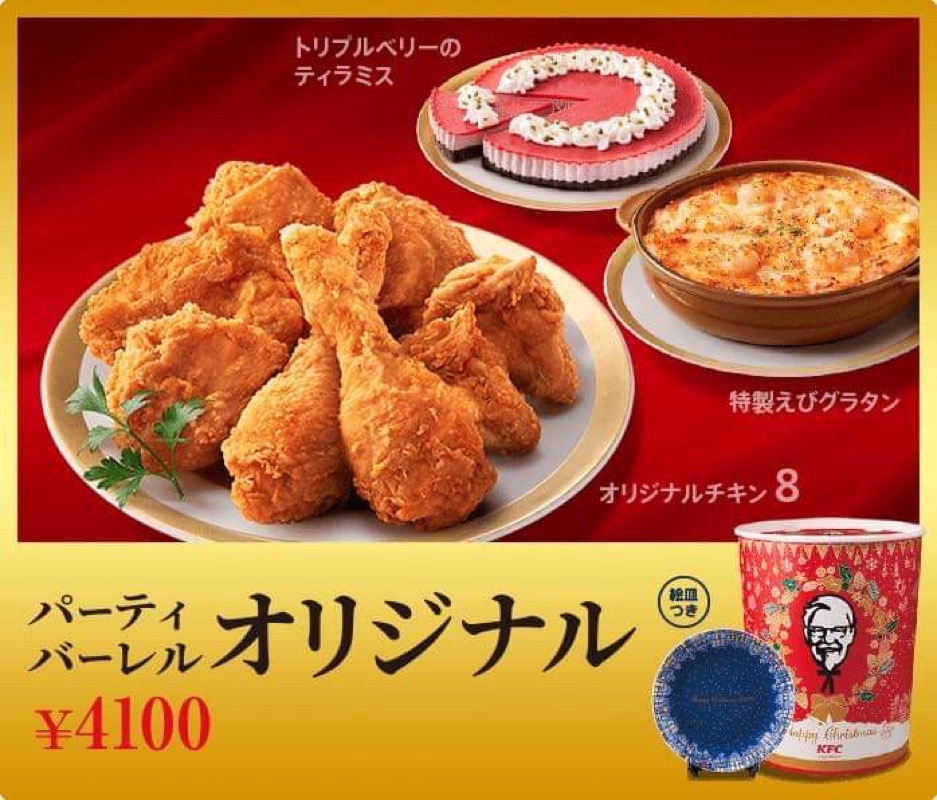
We arrived a little early; I figured we’d have to queue, being Japan. It turns out there was a pretty long queue, but only for the people who hadn’t preordered. We had, so we were led to a much shorter queue and provided with our goodies.
I’d added some .. biscuits maybe? To our order, along with some chips, I wasn’t quite sure how order sizes were, and well, I was going nuts with preordering takeout chicken, so I went a bit silly.
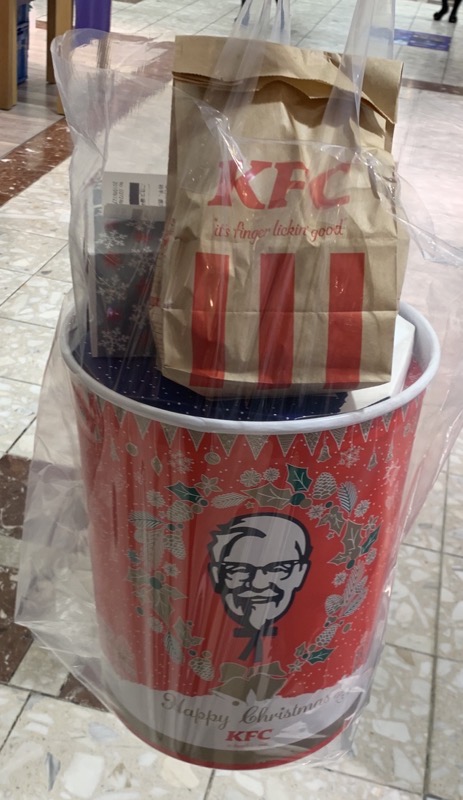
Our food was presented in a large christmas-themed KFC bucket with the extras on top, and we went looking for somewhere to eat. Being Tokyo, this was a little bit of an adventure - but one I’d already considered in advance. The Ginza store is relatively close to the Imperial Palace and just south of that is a small park (Hibiya Park). Here we found some benches (woo!) and parked ourselves to nosh on christmas chicken.
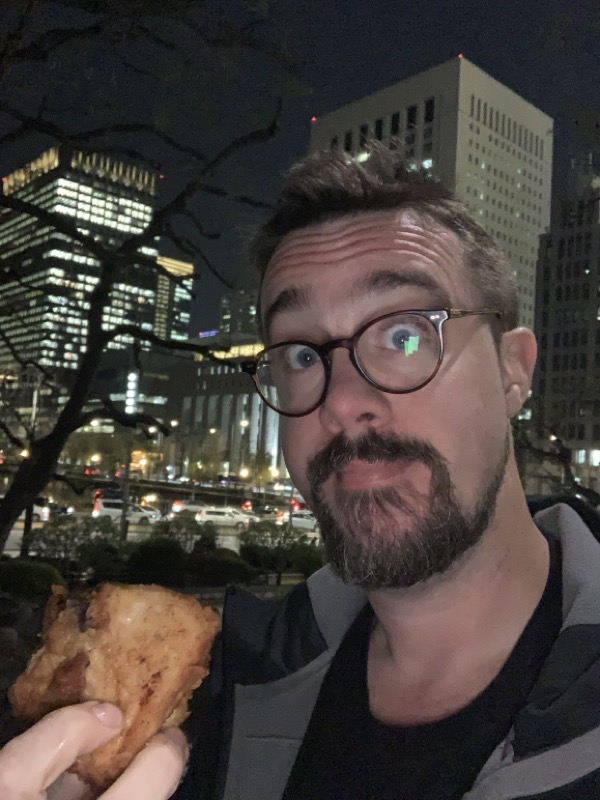
Honestly, it was just KFC, but it was more the fun of partaking in a hilarious tradition when we really didn’t have any other plans. The chicken was good (the breading is a little more refined than we normally get in Australia) and the strawberry cake was deliciously sweet. The biscuits - basically what we Australians would call scones - came with honey maple something something. Sugary goodness.
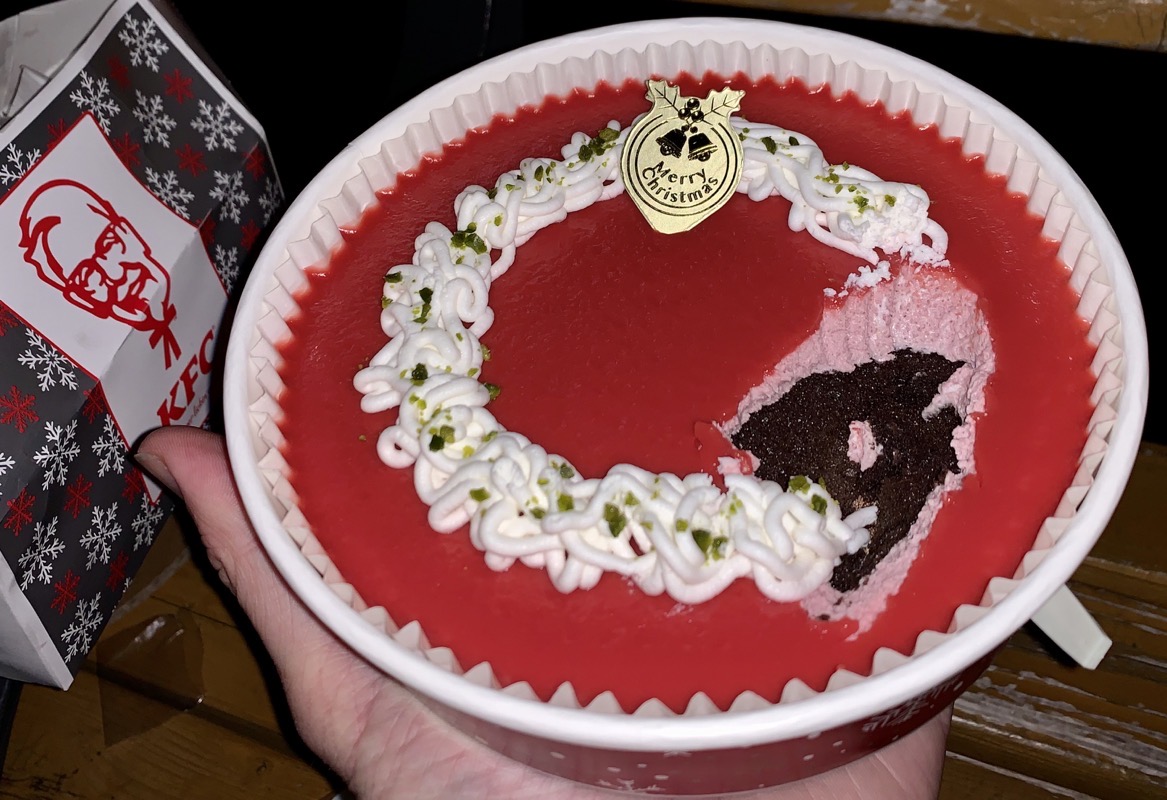
What we hadn’t really planned for was the utterly hilarious levels of grease and sugar we were now coated in, but some spare tissues and raccoon wash (hand sanitiser) got us clean enough to at least get packed up and to the train station bathroom for some soap. It must have been the first meal we weren’t presented with a moist towelette, and the first time I was able to find a bin within about 100m of our location. I still smell like maple syrup, some four hours later ^_^
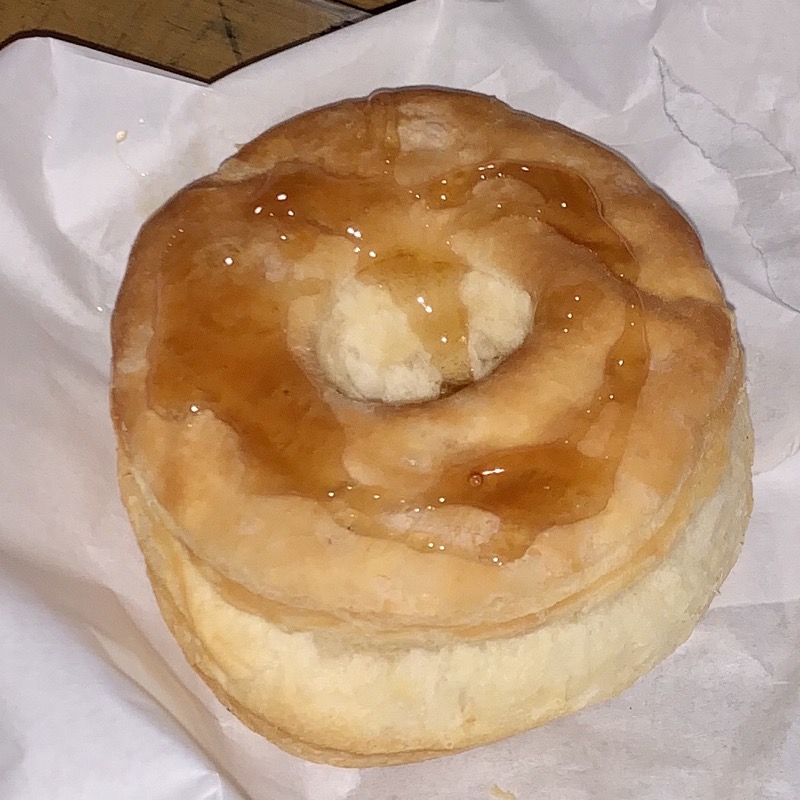
The only thing left to do was find the light show at Tokyo station I’d found was supposed to be happening. I’d found some video of a previous show and references to this year’s event, so we knew we had to be there to see it.
As usual for navigating the rabbit warren of Japanese stations, we ended up going a slightly circuitous route compared to what we probably should have, but that brought us to two extra things I didn’t know about.
The first was the Star Wars collection in the Tokyo station Gyoko-dori underground gallery. The personal collections of many Japanese Star Wars memorabilia collectors had been curated to present a spectacular collection of historical artefacts relating to the series over the years.
I’ll let the pictures speak for themselves, suffice it to say there were many more items than this, and it was quite the adventure to see how Star Wars had been advertised over the years.
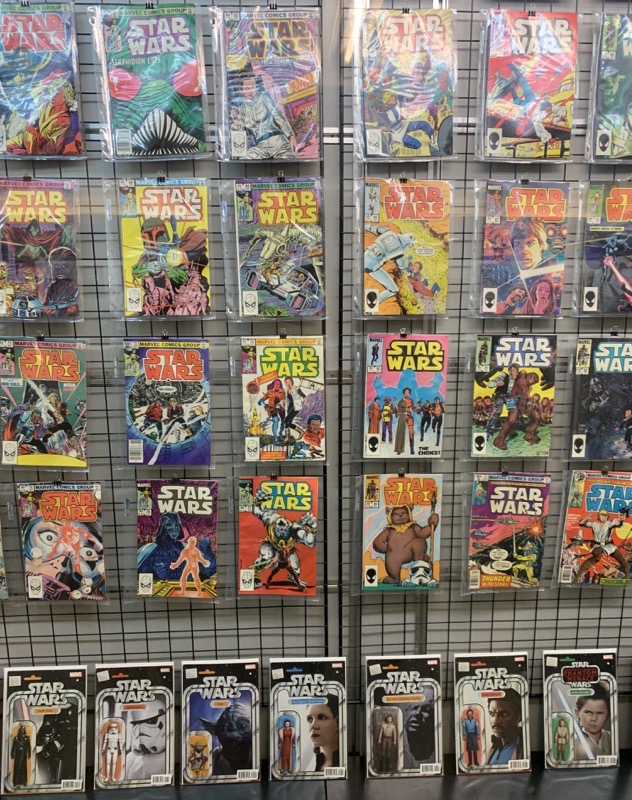
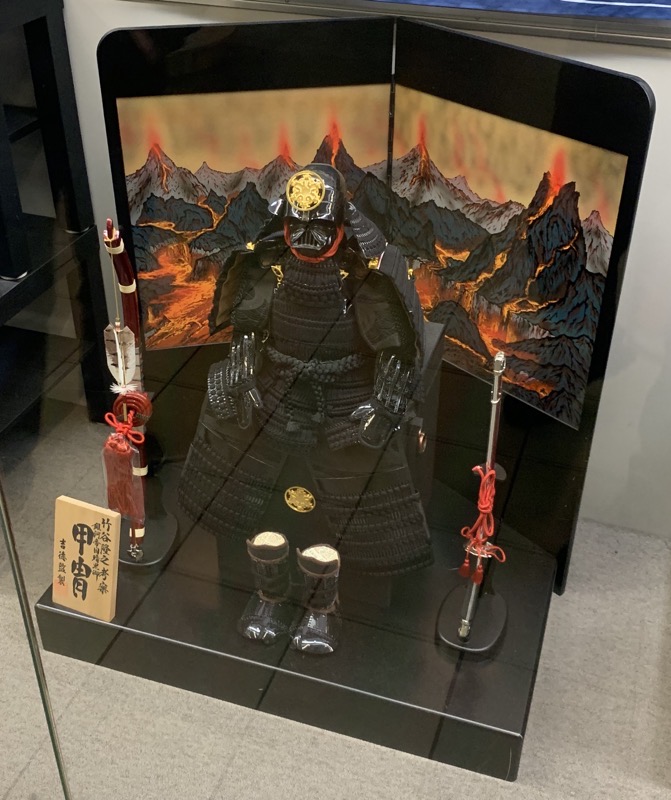
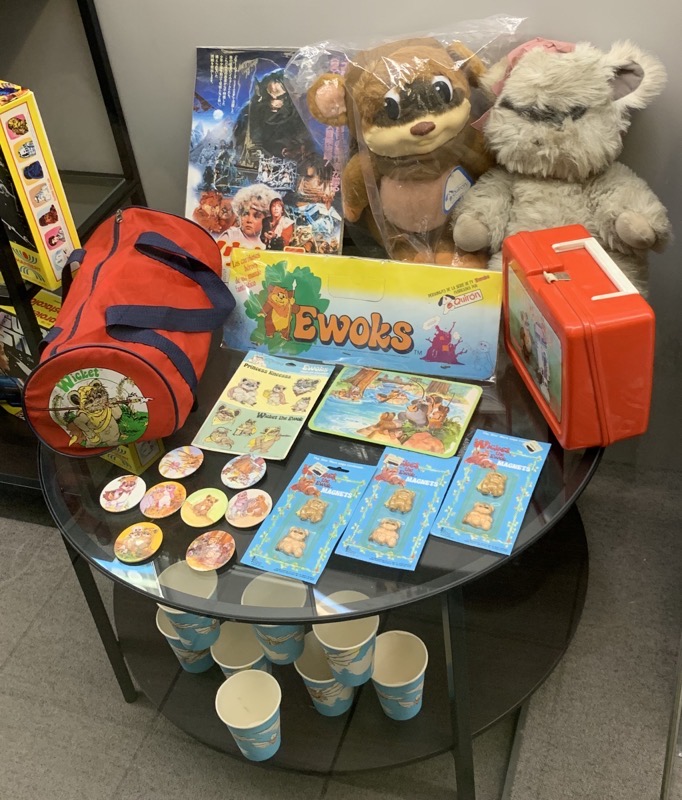
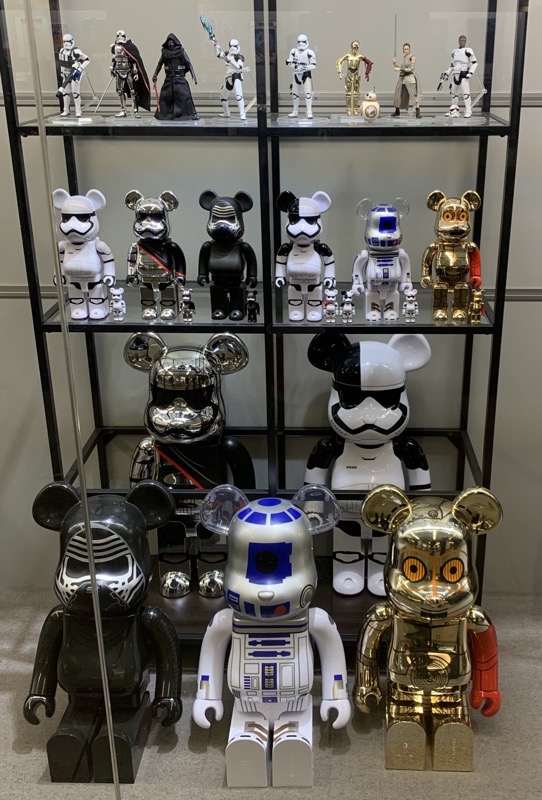
After escaping to ground level, we found ourselves in the Maranouchi building, literal seconds before the light show started. Being a giant, I hid in a corner off to the side, but people had clearly been waiting there for some time, packed like sardines into a roped off area to get a glimpse of the show.
After that, we wandered out to Gyoko-dori street, which had all sorts of amazing traffic control in place. Massive crosswalks had been turned into one-way crossings to allow for better traffic control and there were traffic control staff everywhere directing people where to go.
The light show on Gyoko-dori street was really quite spectacular, with large screens carrying projections, the trees being covered in LEDs and everything else having some kind of treatment. This brought out the crowds as you could imagine, and we got a great view from the outside, so we skipped the main part of the display.
Expecting a projection on the main station building we headed that way, and I got some great photos. After asking some vague questions of the local security, and doing some research, it turns out they’d had to stop the station projection some years ago after the number of people turning up had entirely filled the area so badly they couldn’t manage the crowds. Either way, we got a good light show and a fun night out, so we pulled the pin at 2100 when they started turning the lights off (and we’d finally given up on the bigger show) and headed home.
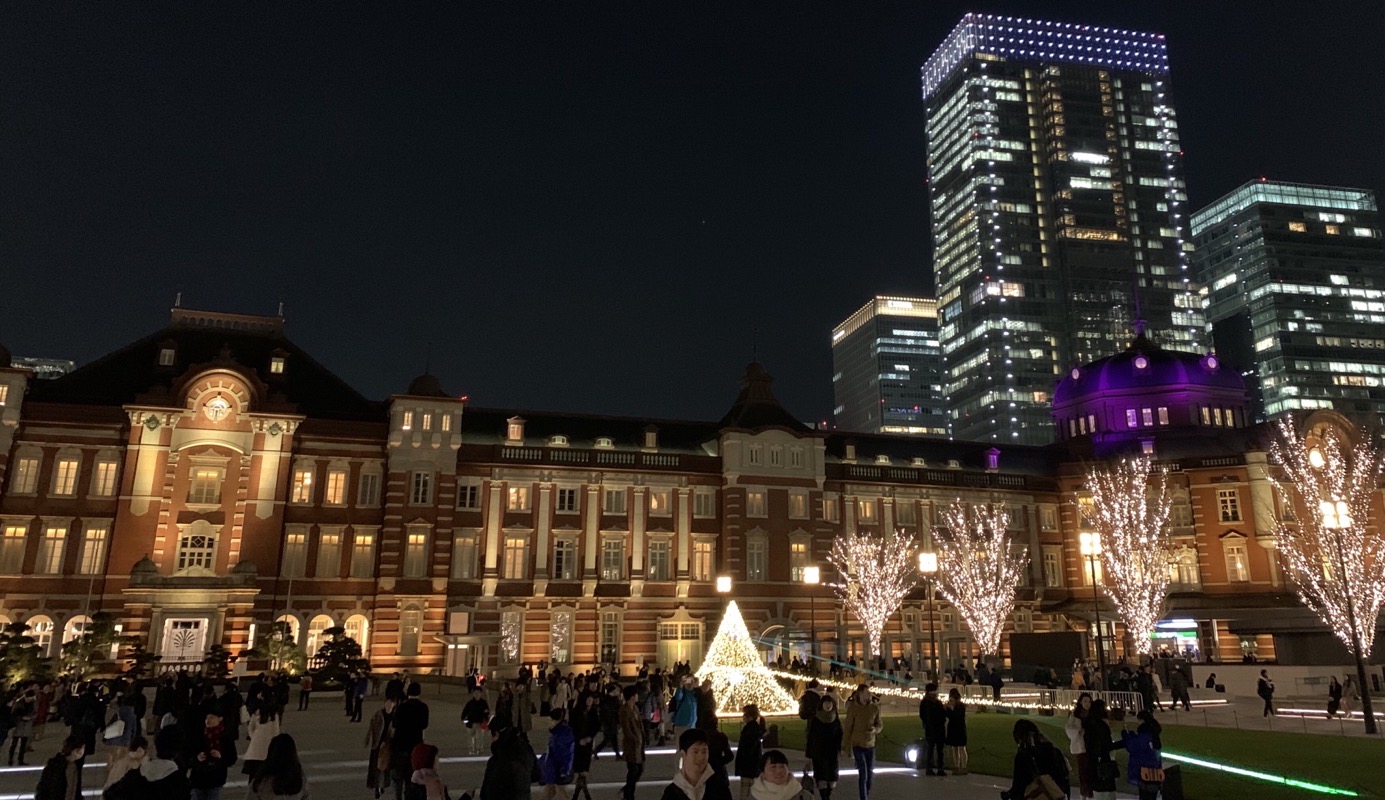
All in all, a big day, with KFC and a light show at the end. Fun for the whole family.
